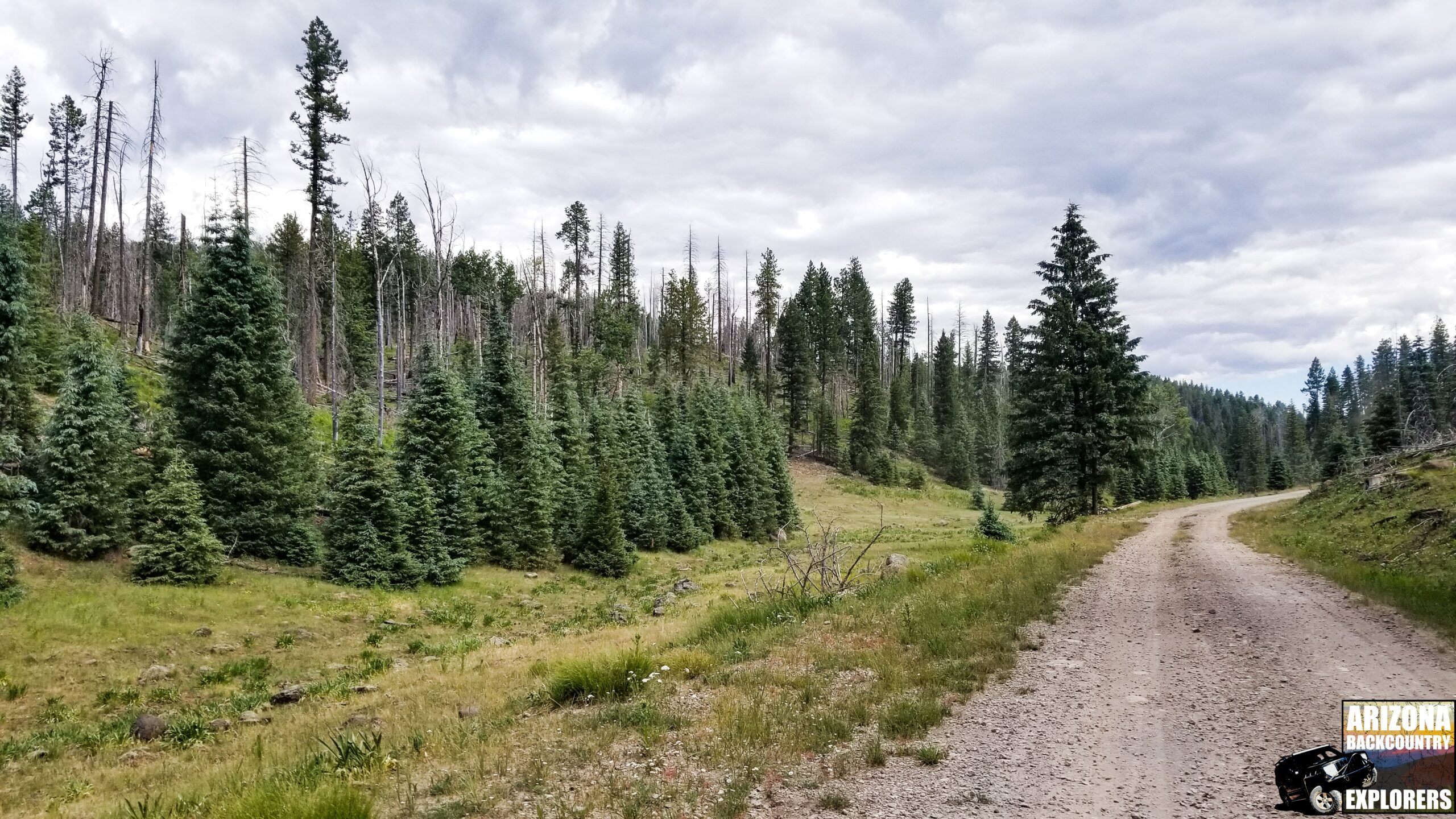Right-of-way is a legal term that refers to the legal right of someone to pass through a property owned by another person. It is an essential concept when it comes to accessing public lands, national parks, and other areas. RS2477, also known as the Revised Statute 2477, is a law in the United States that has sparked much controversy, specifically concerning access rights in the western states. The concept of right-of-way holds significant importance in ensuring efficient and smooth transit across various properties. It enables individuals to traverse through lands owned by others while respecting their property rights. Access to public lands, national parks, and similar areas are facilitated by the establishment and recognition of this legal right. In the context of the United States, RS2477, also known as the Revised Statute 2477, has been a subject of intense debate and discussion. This law has been a topic of much controversy, primarily centered around access rights in the western states. The implementation and interpretation of RS2477 has generated varying viewpoints and legal battles, highlighting the complex intersection between individuals’ rights and public land management policies. The intricacies surrounding right-of-way and RS2477 require careful analysis and consideration to strike a balance between property rights and public access.
What is RS2477?
RS2477 was originally enacted as a federal law in 1866, during the Reconstruction era after the American Civil War. It aimed to promote the development of roads and transportation infrastructure in the western territories, which were experiencing rapid growth and expansion. The law, known as the Revised Statute 2477, granted the right-of-way for the construction and maintenance of highways across public lands. This provision was particularly significant at the time when the West was still being settled, as access to reliable transportation routes was crucial for economic and social development.
By allowing the construction of highways on public lands, RS2477 played a key role in facilitating trade, commerce, and communication in the region. It enabled the efficient movement of people and goods, connecting remote areas and facilitating the growth of towns and cities. Additionally, the law stimulated the development of infrastructure by providing incentives for private investment and partnership with the government. As a result, RS2477 had a lasting impact on the physical and economic landscape of the western territories, leaving a legacy of well-connected communities and a thriving transportation network that continues to benefit the region to this day.
The Controversy
The controversy surrounding RS2477 arises from its interpretation and the implications it has for land management, access, environmental protection, as well as the overall dynamics of the West. While the law was initially intended to fervently support the growth and development of the Western regions, its application over the years has become a subject of extensive debate and discussion.
The ongoing discourse stems from the interactions between different stakeholders, each with their own perspectives and interests, further amplifying the significance and complexity of the issue. It is imperative to explore and understand the multifaceted ramifications that RS2477 holds, as it is intricately intertwined with the ever-evolving landscape of land usage, preservation, and the evolving perspectives on environmental conservation.
Dispute over Routes
One of the main issues surrounding RS2477 is the disagreement over the validity and extent of specific routes claimed as a right-of-way. Many routes were established during the time of mining, logging, and other extractive activities. However, as land management practices and priorities have evolved, conflicts have arisen between those who seek to preserve public lands and those who argue for continued access.
The complexity of determining valid routes lies in the fact that historical records and documentation can be scarce or inconclusive in some cases. Esteemed challenges arise when seeking to establish the precise nature and extent of the rights granted under RS2477, which subsequently results in enduring disputes and lengthy legal battles. Furthermore, it is important to note that finding concrete evidence and conclusive information can prove to be a daunting task, contributing to the intricacy of resolving these matters effectively.
Litigation and Resolutions
To resolve conflicts arising from RS2477, individuals and organizations often resort to litigation. Both proponents and opponents of RS2477 have engaged in legal battles related to route access, leading to complex and sometimes lengthy court proceedings. This can ultimately result in considerable costs, substantial delays, and strained relationships between the various stakeholders involved. The resolution of such disputes through the judicial process can have wide-ranging implications, impacting not only the specific cases at hand but also the broader legal landscape surrounding RS2477. It underscores the significance and complexity of addressing this issue, as it requires navigating through intricate legal frameworks and balancing the competing interests of different parties involved.
















